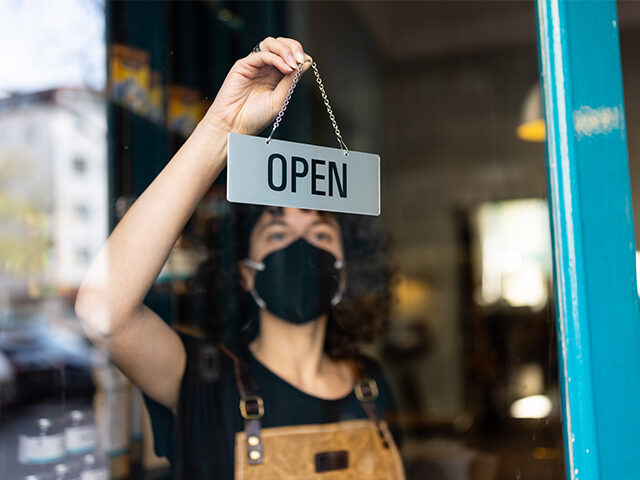The Paycheck Protection Program (PPP), which distributed $800 billion in forgivable loans to businesses that were forced to shut down during the COVID-19 pandemic, assisted over six million small businesses responsible for 55 million jobs; but the program has recently received “undeserved criticism” over allegations of widespread fraud, Alfredo Ortiz of the Job Creators Network explains in an op-ed at The Hill.
Ortiz writes:
While some scammers certainly took advantage of the program, a new Small Business Administration [SBA] Office of Inspector General fraud report finds widespread fraud concerns are largely misplaced. The study estimates that there was $64 billion worth of fraud in the $800 billion program. This 8 percent fraud rate is lower than many standard government programs. For instance, the IRS estimates that around 25 percent of Earned Income Tax Credit payments are made in error.
Most PPP fraud was committed with loans distributed by fintech — online lenders generally not associated with banks. Many of these tech upstarts did not have the proper guardrails in place and did not have the same strong relationships with small business borrowers as traditional banks. One study estimates that just two fintech lenders made one in every three PPP loans in 2021. These bad actors, not the PPP program as a whole, deserve criticism. When you exclude fintech, the PPP fraud rate falls to only about 4 percent.
One reason PPP is getting a bad rap is because the SBA’s alternate relief program, Economic Injury Disaster Loans [EIDL], was rife with fraud. The SBA OIG report estimates $136 billion of this $400 billion program was fraud, a 34 percent fraud rate. Many commentators — and even the SBA — are improperly conflating the fraud in these two programs.
Ortiz notes that the EIDL loans likely had a significantly higher rate of fraud because those loans were distributed directly by the government via the SBA. The PPP loans, however, were distributed by third-party lenders—primarily community banks—which “have far more robust fraud controls than government agencies.”
Read the rest here.

COMMENTS
Please let us know if you're having issues with commenting.